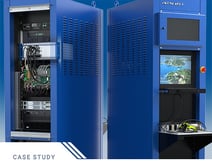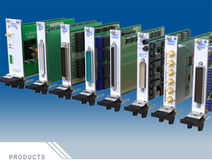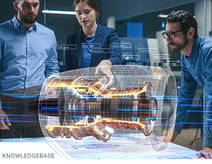The Value of HIL Simulation in Rocket Development: The Key to Reliable Testing
In the space industry, the consequences of failure are incredibly high. Testing is not just a routine checklist; it's a matter of mission success and occasionally life and death. The consequences of a single point of failure in rocket engineering can easily become catastrophic. That's why Hardware-in-the-Loop (HIL) simulation has become an indispensable best practice for subjecting rocket systems to extremes and uncovering failures impossible to test in actual hardware. In this article, we'll explore the critical nature of HIL simulation, including fault insertion, extreme conditions, and trust in calibration. We'll also highlight how a modular approach to sensor simulation offers flexibility, scalability, and peace of mind for the mission-critical space industry.
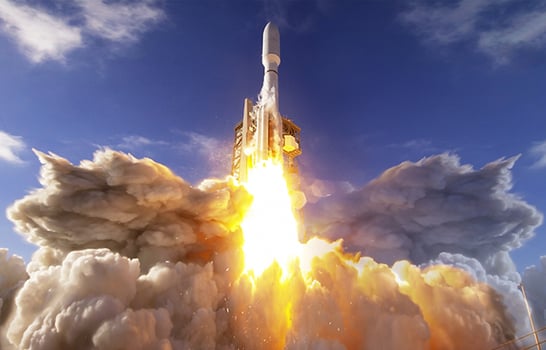 Mission-Critical HIL Simulation
Mission-Critical HIL Simulation
Rockets: Giant Bombs Moving at Supersonic Speed
Rockets are intricate machines with countless components, and when things go wrong, they go wrong extremely quickly and violently. Testing via HIL simulation in rocket development is ideal because it overcomes the impossible task of recreating space scenarios on Earth and allows us to push these systems to their limits and beyond. HIL simulation is about subjecting specific components and combinations of components to the extremes that outer space dictates to ensure they won't become worthless space junk.
Fault Insertion: Uncovering Hidden Weaknesses
When catastrophe strikes, it’s usually a series of small failures that create the large failure. HIL simulation is not just about testing the expected scenarios; it's about exploring the unexpected. By inserting faults into the system, we can mimic failures of components, interconnections, extreme temperatures, and environmental excursions. This means you can examine what happens when sensors go offline or encounter various permutations of faults that have not been initially considered.
Combinations of Events: Safeguarding Against Catastrophic Failure
In the high-stakes world of rocket testing, it's essential to consider the combinations of events that can lead to opposing data or catastrophic failure. HIL simulation helps us understand how the control system behaves under different scenarios, including nominal events and excursions. By doing so, you ensure that your systems can handle even the most extreme events.
Trust in Calibration
“Calibration is the bedrock of any reliable testing process.
Without trust in calibration, you're building on shifting sands.”
Eliminating False Positives and Negatives
Calibration ensures that anomalies in your test data aren't the result of a misaligned or imprecise testing system. In a mission-critical industry like rocket design and production, the last thing you want is false positives or negatives that could jeopardize your next launch or mission.
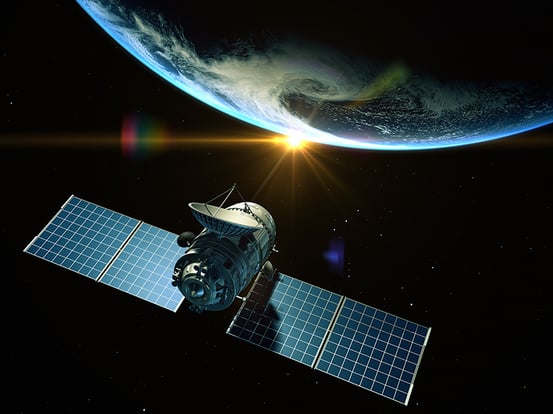 Repeatability: The Key to Efficiency
Repeatability: The Key to Efficiency
Calibration ensures test repeatability, saving valuable time and energy. Without equipment that reliably maintains calibration, you'll end up with questions about the validity of your data, resulting in retesting and production delays. Additionally, you will be wasting resources that could be better spent on advancing your mission.
Trust in Your Systems
Calibration stability is the key to achieving reliability and trust in your test system. Selecting products from a vendor that emphasizes reliability and calibration stability is vital.
Trust in Your Vendors
Choosing a vendor with a long-term track record of quality production, timely access to local, direct tech support, and expert consultation should you ever need it is a huge contributor to your success.
The Modular Approach to Sensor Simulation
In the rocket/space industry, a modular approach to sensor simulation offers the following benefits:
Flexibility: Choosing a modular approach allows you to adapt to changing testing requirements with ease due to design changes, new product introduction, or increased throughput for mass production. It ensures your testing infrastructure remains flexible and future-proof.
Scalability: As your projects grow in scope and complexity, your testing system should be able to grow with them. Modular designs provide the scalability you need to keep your space program moving forward.
Performance: High accuracy and precision, fine resolution and a wide operating range are essential when selecting sensor simulators that will accurately mirror small changes in environmental conditions and extremes of operation.
A modular platform provides you with a large catalog of standard simulation products with differing specifications, designed to reliably meet your most exacting simulation requirements.
Conclusion
Trust is the cornerstone of success. Trust in your testing equipment, trust in your calibration stability, trust in your ability to eliminate every single point of failure, and trust in your vendors. Choosing Pickering for your simulation and switching needs ensures your rocket program will move forward with confidence. In such a mission-critical industry, there’s peace of mind in knowing we offer the solutions you can trust, with the service and support you expect and the repeatability, flexibility, and scalability required to navigate the challenges of the cosmos. In space, trust is not an option; it's your lifeline.

